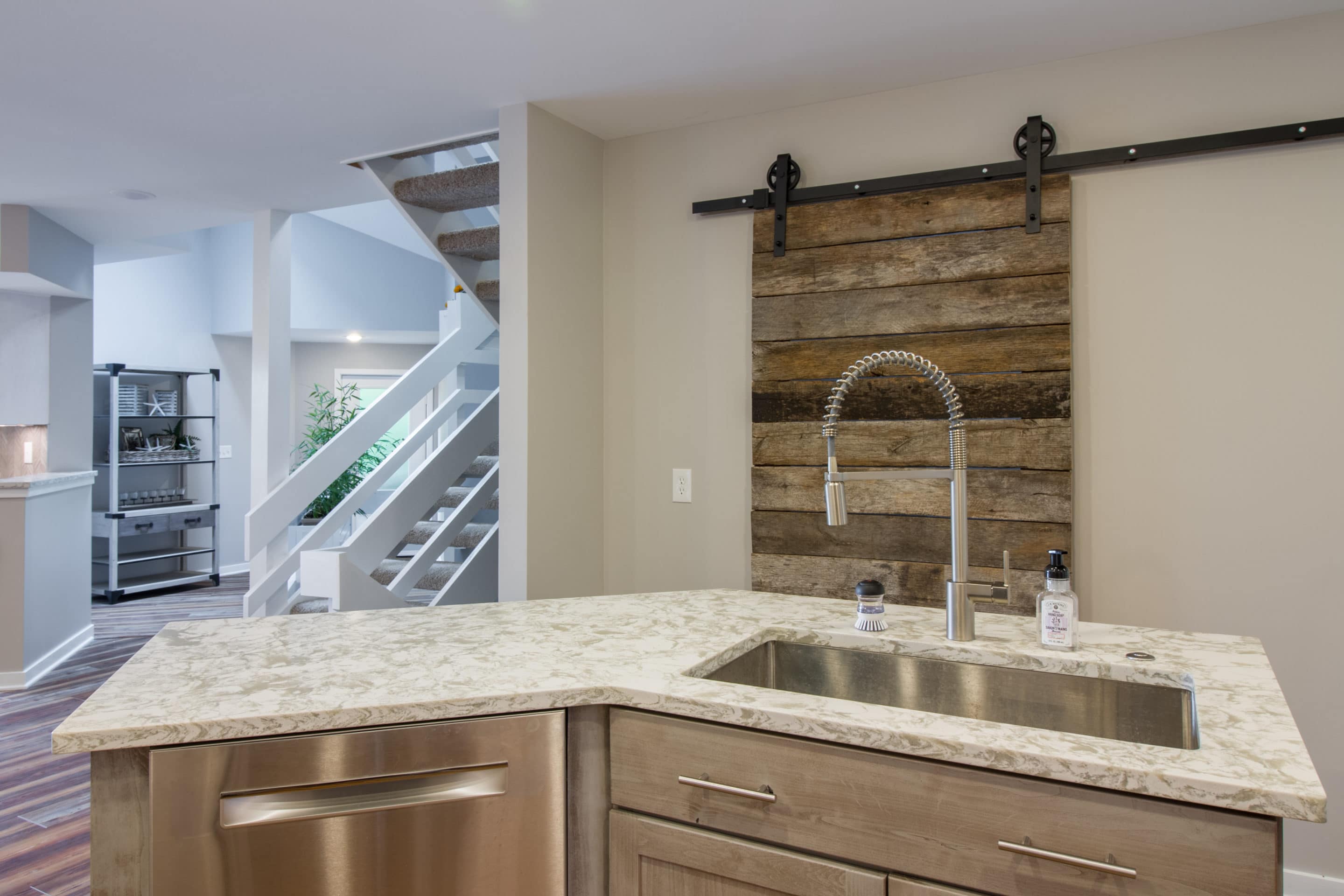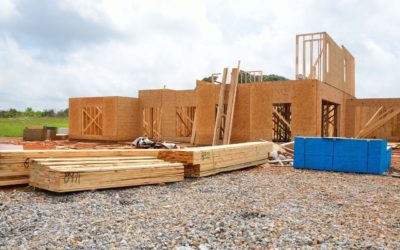So, you have a building project. Maybe you’re building a new home. Maybe you’re renovating your office. Maybe you need a shed to store some lawn and garden tools in. Regardless of the size or scope of your project, here are nine ways an architect can help you navigate the design and construction process:
- Project Definition – Your architect will help you define your project in terms of size and cost. By taking a realistic look at what you want to accomplish with your building project and the amount of money you have to spend, your architect will help you develop a list of spaces to include in your project, the size those spaces need to be, and anticipated costs to build those spaces.
- Sustainability Strategies – There are many ways to approach sustainability with your building project. Whether that be as simple as how you place the building on the site or as complex as getting certified through one of the various certifying agencies. It is important to establish what strategy you want to pursue for your project and make decisions based on that strategy. Your architect will help you to understand the various strategies and the implications for your project. Together you can decide on the best approach for your building and work towards implementation of a specific sustainability strategy.
- Space Planning – Space planning is a fundamental step in the process of designing a building. Working from the established Project Definition and Sustainability Strategy, the relationship of spaces that make up your project can be established to contribute to both. Your architect will work with you to help layout a floor plan that is functional and contributes to the success of the project.
- Design – Design is oftentimes what architects are known for. And then it is relegated to aesthetics. Certainly what a building looks like is a huge part of the design. How the building functions, how it relates to its context, how people interact with the building, why certain elements are sized and placed the way they are, the composition of materials, and how the building is put together are all equally important and all elements of design. Your architect will help you navigate all the components of design and come up with a solution that works as well as looks good.
- Material Selections – A building is made up of many different materials. Each one needs to be carefully selected for performance, environmental impact, appropriateness, aesthetics, durability, and cost. Your architect will work with you, building material manufacturers, suppliers, and your contractor to select materials that are best suited for your project.
- Detailing – The materials that make up your building need to be carefully assembled to get the most benefit out of them. Your architect will take the time to understand how the materials can be put together and the implications of assembling them in different ways. Then, based on the Project Definition and Sustainability Strategies for the project, your architect will carefully compose those assemblies so your contractor knows how to put everything together to meet the goals of the project.
- Code Compliance – One of the primary charges of the architect is to ensure buildings are safe to occupy. The building codes have been developed over many years to give guidance to architects, code officials, and builders to ensure that buildings are constructed to be safe. Your architect will analyze the code requirements as they relate to your specific building and ensure that the design, materials, and details comply with the codes.
- Contractor Selection – Unless you plan on building yourself, you will need to rely on a contractor. Contractors often have a particular way of building that may not align with your project goals and sustainability strategies. Your architect will generate drawings that will allow contractors to bid on your project and ensure that each bid you receive is based on the same criteria. That way you can be confident in selecting a contractor who understands your project so surprises will be reduced during the building process.
- Contractor Relations – Once you have selected your contractor and the construction process begins, your architect will act as liaison between you and your contractor. They can make sure that you’re getting what you’re paying for, that the contractor is following the drawings, and that the building complies with code. Your architect will also work with your contractor to resolve any issues that arise during construction.
It is critical that your architect be aligned with your project goals and objectives in order for them to be able to help you and have your project be successful. At FiELD9: architecture we take care to understand our clients, their wants, and their needs so we can collaborate with them to produce a project that meets their definition of success.






Recent Comments